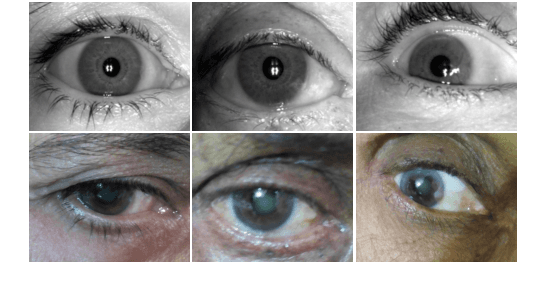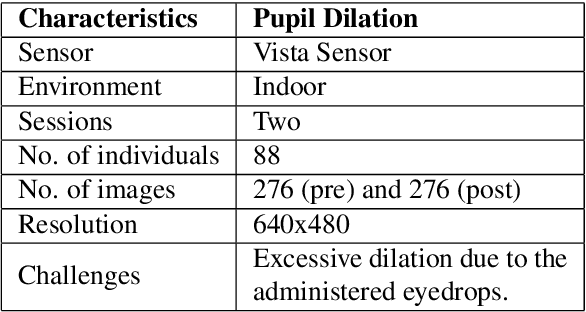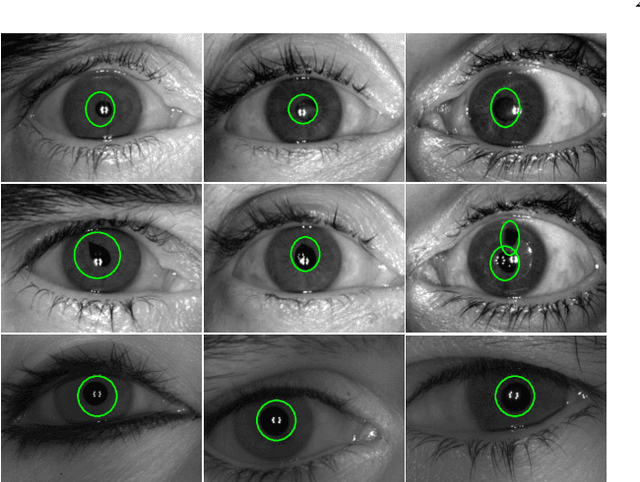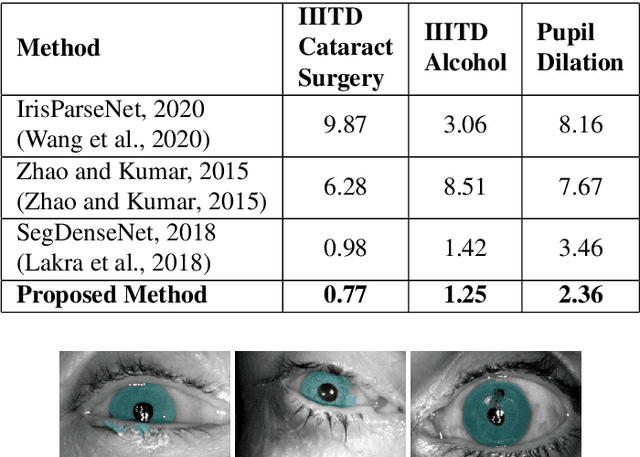Yasmeena Akhter
Low-Resolution Chest X-ray Classification via Knowledge Distillation and Multi-task Learning
May 22, 2024Abstract:This research addresses the challenges of diagnosing chest X-rays (CXRs) at low resolutions, a common limitation in resource-constrained healthcare settings. High-resolution CXR imaging is crucial for identifying small but critical anomalies, such as nodules or opacities. However, when images are downsized for processing in Computer-Aided Diagnosis (CAD) systems, vital spatial details and receptive fields are lost, hampering diagnosis accuracy. To address this, this paper presents the Multilevel Collaborative Attention Knowledge (MLCAK) method. This approach leverages the self-attention mechanism of Vision Transformers (ViT) to transfer critical diagnostic knowledge from high-resolution images to enhance the diagnostic efficacy of low-resolution CXRs. MLCAK incorporates local pathological findings to boost model explainability, enabling more accurate global predictions in a multi-task framework tailored for low-resolution CXR analysis. Our research, utilizing the Vindr CXR dataset, shows a considerable enhancement in the ability to diagnose diseases from low-resolution images (e.g. 28 x 28), suggesting a critical transition from the traditional reliance on high-resolution imaging (e.g. 224 x 224).
MTCD: Cataract Detection via Near Infrared Eye Images
Oct 06, 2021



Abstract:Globally, cataract is a common eye disease and one of the leading causes of blindness and vision impairment. The traditional process of detecting cataracts involves eye examination using a slit-lamp microscope or ophthalmoscope by an ophthalmologist, who checks for clouding of the normally clear lens of the eye. The lack of resources and unavailability of a sufficient number of experts pose a burden to the healthcare system throughout the world, and researchers are exploring the use of AI solutions for assisting the experts. Inspired by the progress in iris recognition, in this research, we present a novel algorithm for cataract detection using near-infrared eye images. The NIR cameras, which are popularly used in iris recognition, are of relatively low cost and easy to operate compared to ophthalmoscope setup for data capture. However, such NIR images have not been explored for cataract detection. We present deep learning-based eye segmentation and multitask network classification networks for cataract detection using NIR images as input. The proposed segmentation algorithm efficiently and effectively detects non-ideal eye boundaries and is cost-effective, and the classification network yields very high classification performance on the cataract dataset.
 Add to Chrome
Add to Chrome Add to Firefox
Add to Firefox Add to Edge
Add to Edge